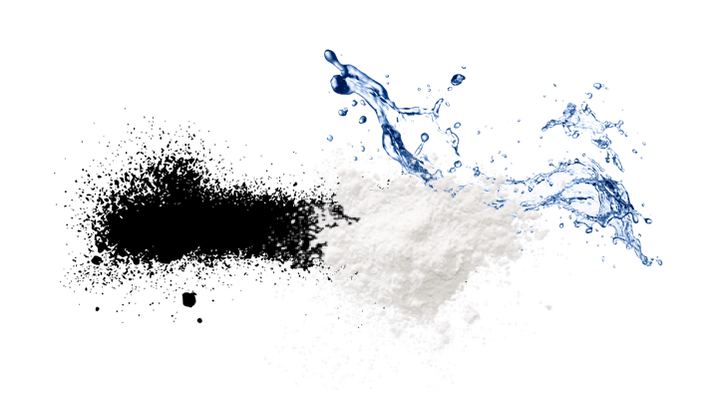|
What are our ingredients for Coconut Shell Charcoal Briquettes? And what might other additives be?
Our Recipe for a 100% Natural and Food Grade Charcoal Briquette: 1. Fine Charcoal Powder 2. Cassava Starch 3. Water Over the years, unfortunately, many additives and chemicals have been introduced to coconut briquette production. However, what winsome about coconut charcoal is the fact that it's the healthiest and most environmental charcoal solution; whether for shisha or for cooking. As you will notice below, it is very important to smell an burning briquette before using to check for any chemical additives within the composition. Chemicals that are used by many are: Wood/Sawdust
Remember to check your products and stay safe.
33 Comments
2/7/2020 11:37:45 pm
pls provide more information about coconut shell charcol briquttes manufacturing
Reply
Rifhshan
2/10/2020 11:24:28 pm
Hii
Reply
Natã Aves
11/11/2020 06:09:49 am
I am also interested in the production of charcoal for hookahs, did you get more information? 11/11/2020 02:56:46 pm
Hi Everyone,
Reply
Supun Fernando
19/10/2020 02:25:14 am
Hi
Reply
EGON
23/12/2020 01:46:36 am
Hi.
Reply
ICCS Global Industries
23/12/2020 09:35:25 am
Hi EGON,
Reply
EGON
8/1/2021 02:34:02 am
Hi,
ICCS Global Industries
3/3/2021 10:13:32 am
Hi Egon,
ICCS Global Industries
3/3/2021 10:24:37 am
Hi Mayur,
Reply
Chaitali
28/2/2021 10:40:52 pm
Hello Sir, please guide us regarding how to check solidity of hookah charcoal cube ?? Is there any standard process for this ...pls guide us
Reply
ICCS Global Industries
3/3/2021 10:35:24 am
Hi Chaitali,
Reply
ICCS Global Industries
3/3/2021 01:28:02 pm
Hi Konde,
Reply
Tan Le
5/3/2021 02:38:51 pm
Hi Sir
Reply
Evgenii
24/3/2021 02:43:44 pm
Hi!
Reply
hagop
28/4/2021 03:17:06 am
dear sir
Reply
Paramjeet Singh
26/12/2021 06:51:42 am
Hi,
Reply
Maj
5/5/2022 04:39:43 am
Try to press cook the mixture. Do it 2 times then shape it at the extruder when it is still a bit hot and kinda wet, not very wet. Im a huge manufacturer in Indonesia.
Reply
Void
18/6/2024 01:53:09 am
Hello sir greetings,
yusuf ziya durak
8/2/2022 01:42:08 pm
The above answers many of the products originating during carbonization. This business is not a simple and very profitable business. You don't do carbonization while making charcoal. For correct carbonization, you need to spend more. Your problems are solved when your goal is not high profit but high quality. A final tip for you is to reach high temperatures so that the number of pores in your coal will increase, thus reducing your durability and cracking rate. Automatic combustion systems are completely faulty.
Reply
Robin
10/3/2022 01:07:40 am
dear sir
Reply
Given Egumbo
26/1/2023 07:07:08 am
Hi Evgen,
Reply
Mohamedali Hassanali
2/7/2023 10:04:58 pm
Dear Sir,
Reply
13/8/2023 10:02:27 am
What is the chemical product that the briquettes for sisha have to ignite and what is the procedure to make it?
Reply
Sallu kakay
21/9/2023 02:48:48 pm
Hi
Reply
Ravi
9/12/2023 06:53:54 pm
Hi,
Reply
26/1/2024 02:27:13 am
Thank you so much for sharing such valuable information! Your post has been incredibly insightful and helpful. I appreciate the time and effort you put into providing us with such a great resource. Grateful for your expertise and generosity in sharing knowledge! <a href="https://bit.ly/3U437JS">Coconut Charcoal Briquettes Supplier</a>
Reply
Leave a Reply. |
Details
|

 RSS Feed
RSS Feed